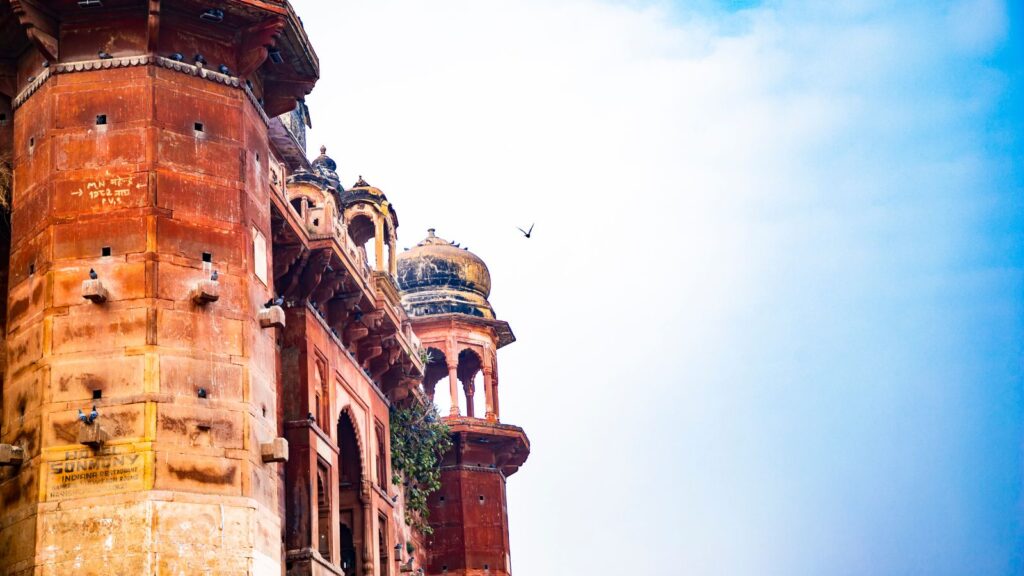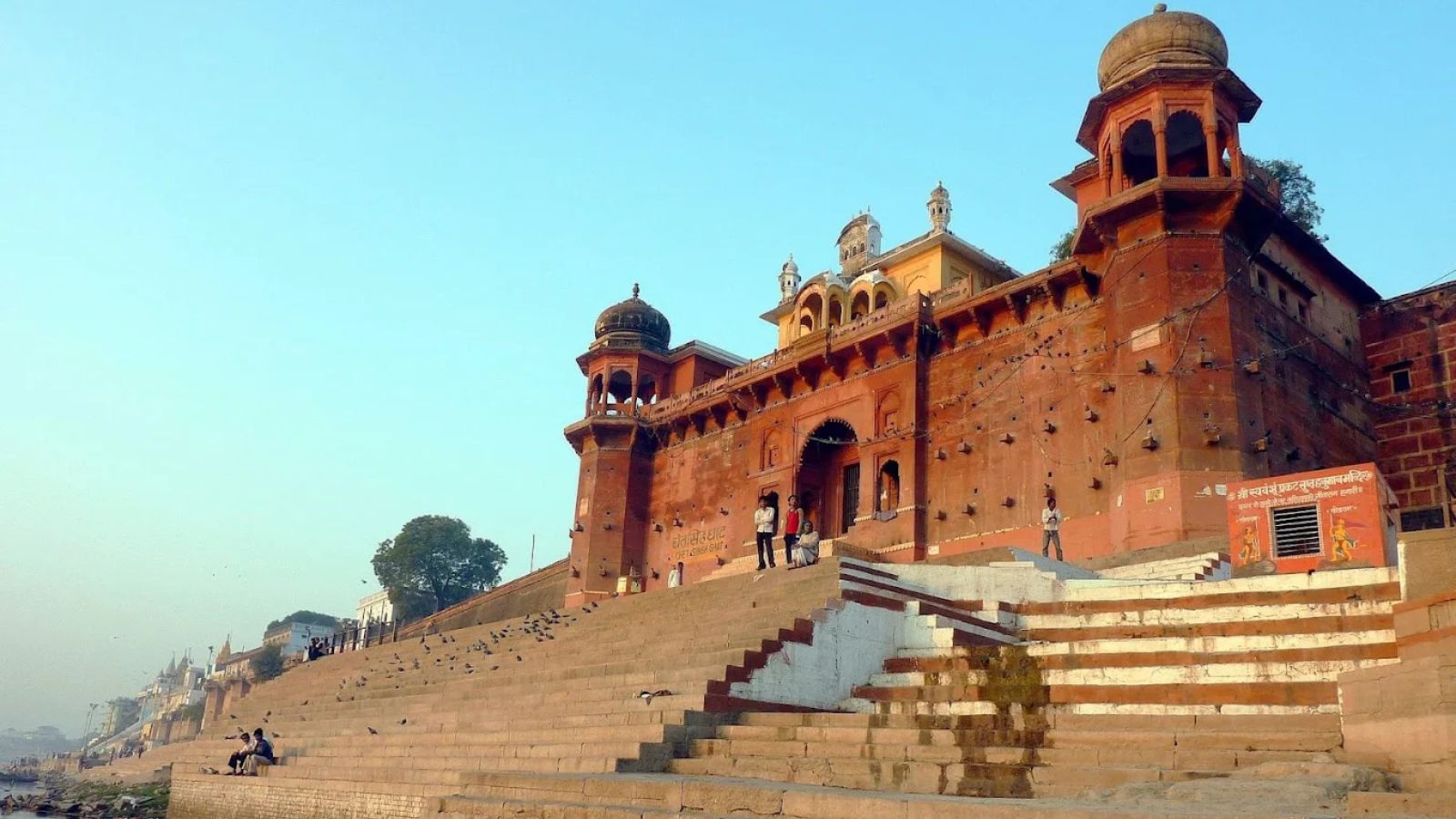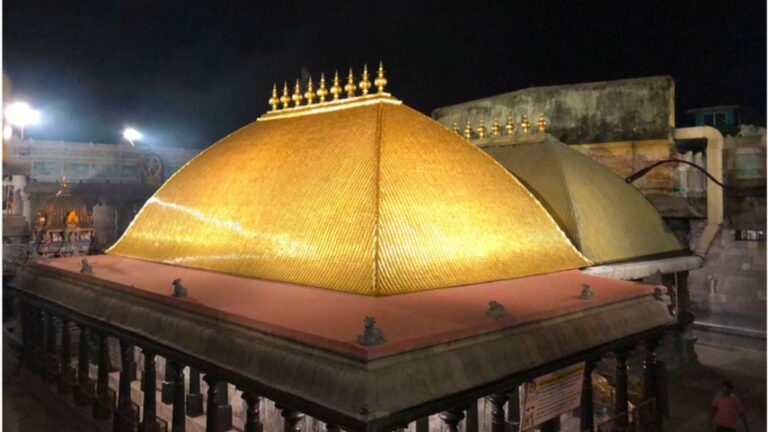Chet Singh Ghat, situated on the southern stretch of the Ganga in Varanasi, is a site that carries both architectural charm and historical weight. It is named after Raja Chet Singh, the local ruler of Banaras in the late 18th century. He rose to power after the death of his father, Raja Balwant Singh, although his claim to the throne was originally not recognized by the British East India Company.
Chet Singh came into prominence for his conflict with Warren Hastings, the first Governor-General of Bengal. In 1781, when Hastings demanded additional revenues and troops, Chet Singh resisted, leading to the famous Battle of Benares. Chet Singh’s supporters reacted violently, attacking and killing British guards.

Despite initial successes, Chet Singh was eventually defeated and deposed. After his defeat, Chet Singh lived away from power, passing his final years in relative obscurity. The ghat still bears traces of this turbulent past. The fort-like structure at its upper-level stands as a reminder of Chet Singh’s defiance against colonial authority.
Today, the ghat is a quiet yet striking riverfront frequented by pilgrims, boatmen, and tourists drawn to its spiritual ambience and expansive river views. During festivals, its broad steps come alive with rituals, music, and lights, blending its martial legacy with the spiritual rhythms of the city.



